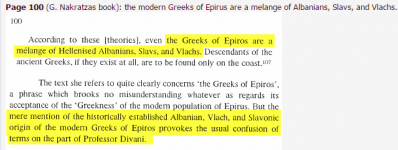I'm J2b2-L283. I have no idea how it could end up in Denmark.
Hvad så, sker der gamleee
These are the main possibilities as to why you have this haplogroup:
1. You got it from the Bronze age migrants who brought Indo-European languages to Europe. (altså Yamnaya, dem fra dokumentaren "Historien om Danmark" - afsnittet om Bronzealderen)
2. A balkan soldier(most likely Illyrian, but could also be from any other Indo-European populations of that time really) who was stationed near the Rhine as part of the Roman army. Later leaps/migrations would bring it to Denmark. A good guess as to which migration could have brought it up to Denmark from the Rhineland area would be the influx of German aristocracy into Denmark which has taken place for hundreds of years, and only stopped relatively recently.
So in other words, either your line arrived pretty late from Germany as an aristocratic German. Or it arrived pretty early from the east, and were among the first to speak the language in bronze age scandinavia which would later diverge into Danish, Swedish and Norwegian.
Of course there are lots of possibilities, but these two are the most likely in my opinion.
Do you know which specific subclade you belong to? (If you know something more specific than Z631)
Anyways you should ask Trojet when he is online, he knows much more about J2b2a-L283 than any of us. If you have tested deep enough, he can probably tell if your line is closer to the Albanian/Illyrian subclades or if it already branched off in the Bronze age. That way we can find out which of the two abovementioned possibilities are most likely in your case.


